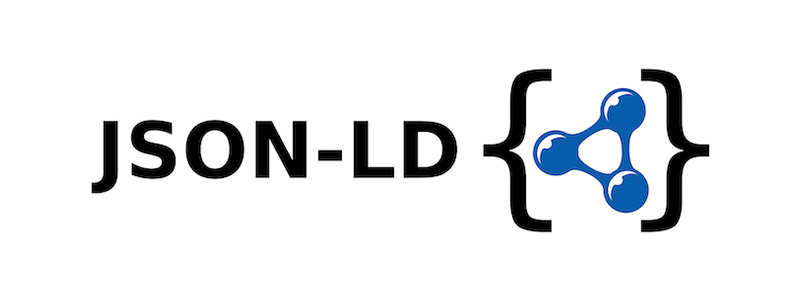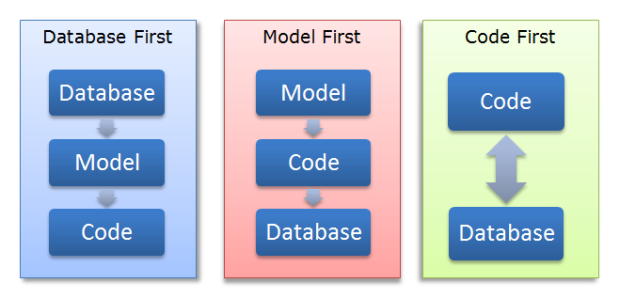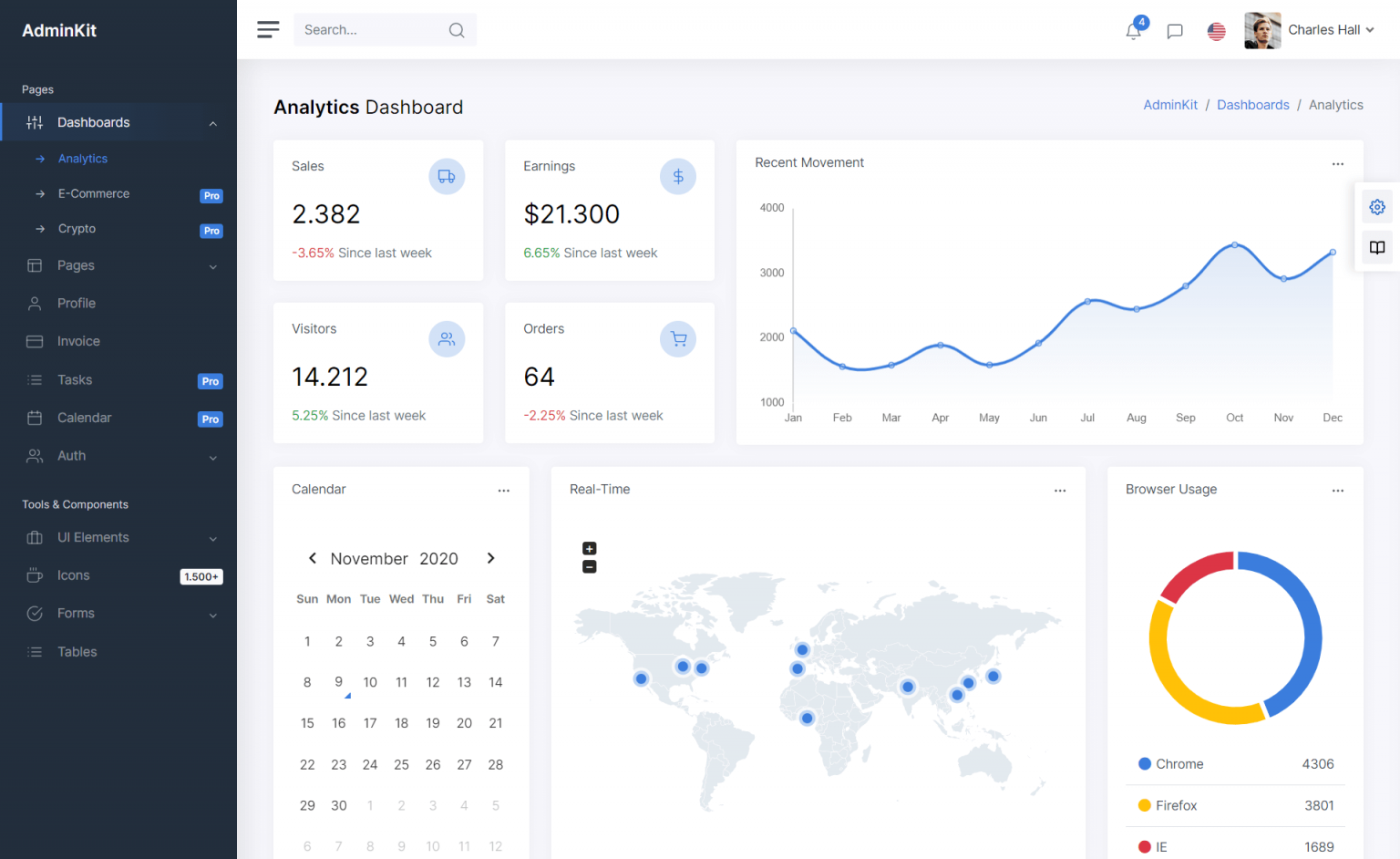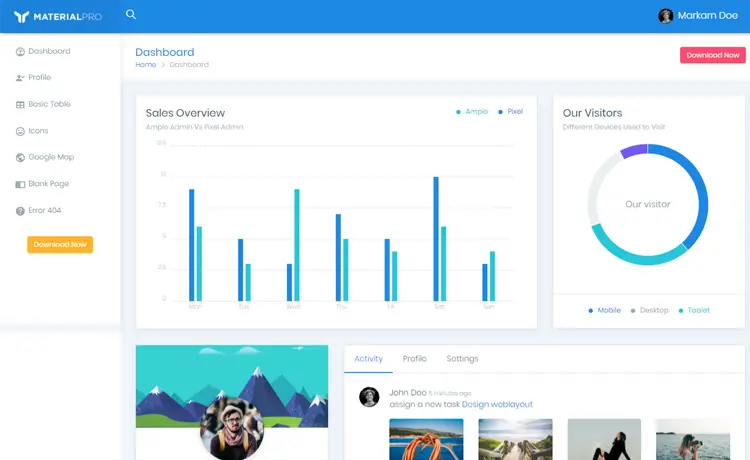How to Get inserted identity value with Dapper in C#
By Tan Lee Published on Mar 10, 2025 634
Insert a Product and Get the Identity Value
Let’s say we have a Products table, and we want to insert a new product and retrieve its generated ProductId.
INSERT INTO Products (ProductName, Price, CategoryId) OUTPUT INSERTED.ProductId VALUES (@ProductName, @Price, @CategoryId)
To fetch the identity value using Dapper, you can execute the query and use ExecuteScalar<int>():
public int InsertProduct(Product product)
{
using (var con = new SqlConnection(ConnectionString))
{
var productId = con.ExecuteScalar<int>(INSERT_SQL, param: product);
return productId;
}
}This inserts the new product and returns the generated identity value:
ProductId = 10123
Note: This is equivalent to using QuerySingle<int>(). However, ExecuteScalar<T>() is preferred here because it specifically returns a single value, which makes the intention clear. QuerySingle<T>() is typically used to retrieve a single row and map it to an object.
Use QuerySingle<T>() for Returning Multiple Columns
If you want to insert a row and retrieve multiple columns, you can use OUTPUT INSERTED.* (or list the specific columns) in the SQL query:
INSERT INTO Products (ProductName, Price, CategoryId) OUTPUT INSERTED.ProductId, INSERTED.ProductName, INSERTED.Price, INSERTED.CategoryId VALUES (@ProductName, @Price, @CategoryId)
To handle this with Dapper and map the result to an object:
public Product InsertProduct(Product productToInsert)
{
using (var con = new SqlConnection(ConnectionString))
{
var insertedProduct = con.QuerySingle<Product>(INSERT_SQL, param: productToInsert);
return insertedProduct;
}
}This inserts the product and returns the full product details (including the generated ProductId) mapped to a Product object:
{
"ProductId": 10124,
"ProductName": "New Product",
"Price": 29.99,
"CategoryId": 5
}Updates, Deletes, and Multiple Output Rows
Just as you can output inserted values, you can also output updated and deleted values using the INSERTED and DELETED special temporary tables:
- INSERT – Values inserted are available in
INSERTED. - UPDATE – Old values are in
DELETED, and new values are inINSERTED. - DELETE – Values deleted are available in
DELETED.
If you modify multiple rows, you will get multiple rows of output. You can retrieve these results in Dapper using Query<T>().
Deleting Multiple Products and Getting Deleted IDs
If you want to delete products from a specific category and retrieve the ProductIds of the deleted products, you can use the OUTPUT DELETED.<column name> clause in your SQL query:
DELETE FROM Products OUTPUT DELETED.ProductId WHERE CategoryId = 3
To fetch the deleted product IDs using Dapper, use Query<int>():
public IEnumerable<int> DeleteProductsByCategory(int categoryId)
{
using (var con = new SqlConnection(ConnectionString))
{
var deletedProductIds = con.Query<int>(DELETE_SQL, new { CategoryId = categoryId });
return deletedProductIds;
}
}
This will delete the products and return the deleted product IDs (represented as a JSON array):
[ 10120, 10121, 10122 ]
This method works similarly to the insert and update examples, but allows you to handle multiple rows and the returned data efficiently.





